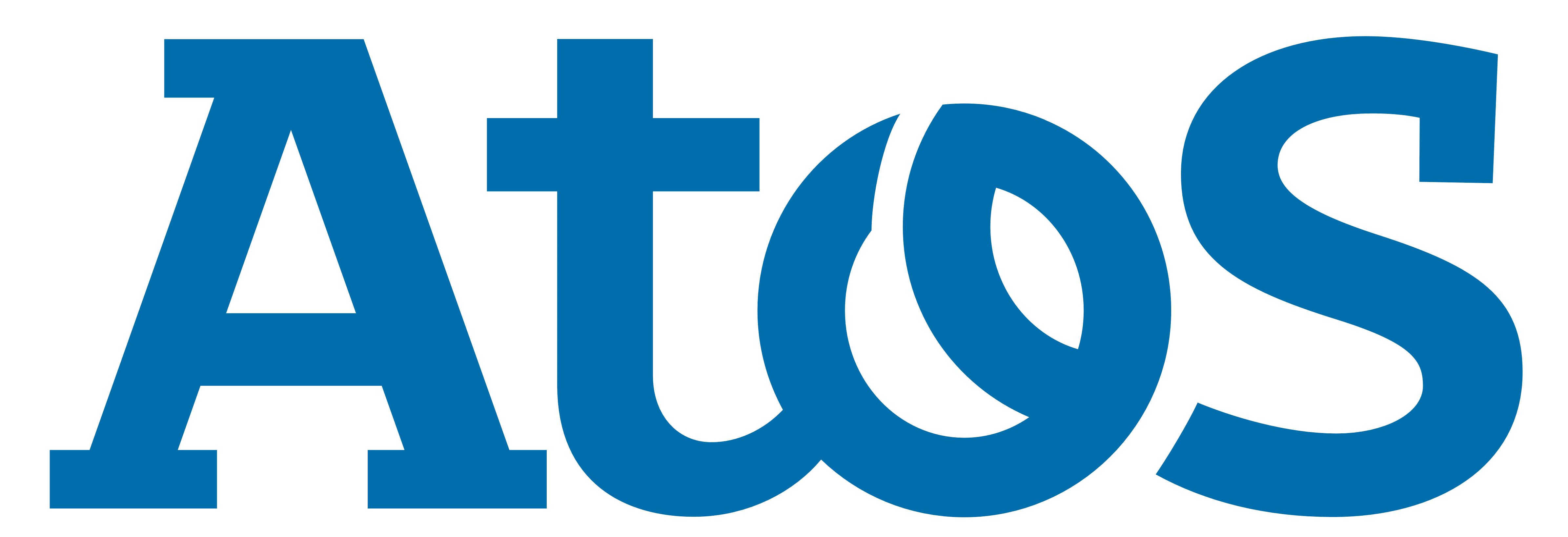

A MICCAI 2022 Workshop
September 18, 2022
Website: 2022.sashimi-workshop.org
In conjunction with MICCAI 2022 (miccai2022.org)
Regular paper submission due: July 1
Notification of acceptance: July 23
Camera ready: August 3
Workshop event: September 18
The MICCAI community needs data with known ground truth to develop, evaluate, and validate computerized image analytic tools, as well as to facilitate clinical training. Since synthetic data are ideally suited for this purpose, a full range of models underpinning image simulation and synthesis, also referred to as image translation, cross-modality synthesis, image completion, etc. have been developed over the years: (i) machine and deep learning methods based on generative models; (ii) simplified mathematical models to test segmentation, tracking, restoration, and registration algorithms; (iii) detailed mechanistic models (top–down), which incorporate priors on the geometry and physics of image acquisition and formation processes; and (iv) complex spatio-temporal computational models of anatomical variability, organ physiology, and morphological changes in tissues or disease progression.
The goal of SASHIMI is to bring together all those interested in such problems in order to engage in invigorating research, discuss current approaches, and stimulate new ideas and scientific directions in this field. The objectives are to (a) bring together experts on image synthesis to raise the state of the art; (b) hear from invited speakers outside of the MICCAI community, for example in the areas of transfer learning, generative adversarial networks, or variational autoencoders, to cross-fertilize these fields; and (c) identify challenges and opportunities for further research. We also want to identify the suitable approaches to evaluate the plausibility of synthetic data and to collect benchmark data that could help with the development of future algorithms.
In order to make their research transparent and reproducible, authors are encouraged to make the code of the proposed methods and algorithms freely available for the community, e.g. via GitHub. This year, we introduce a reproducibility award (sponsored by Atos) which will be given to the paper with publicly available, well documented, and easy to use source code. This encouragement is however not obligatory as there may appear situations (security reasons, project rules, …) that may disallow publishing the source code.

Specific topics of interest include, but are not limited to, the following:
This year, all papers submitted to SASHIMI will be split into two categories: papers introducing new methods and application-oriented papers. During the submission process, the authors will be asked to choose one of the following options:
The SASHIMI 2022 workshop will accept 10-page papers (LNCS-Springer format, including references). Accepted papers will be published in a Lecture Notes in Computer Science volume published by Springer. Check the Submission page for more details.